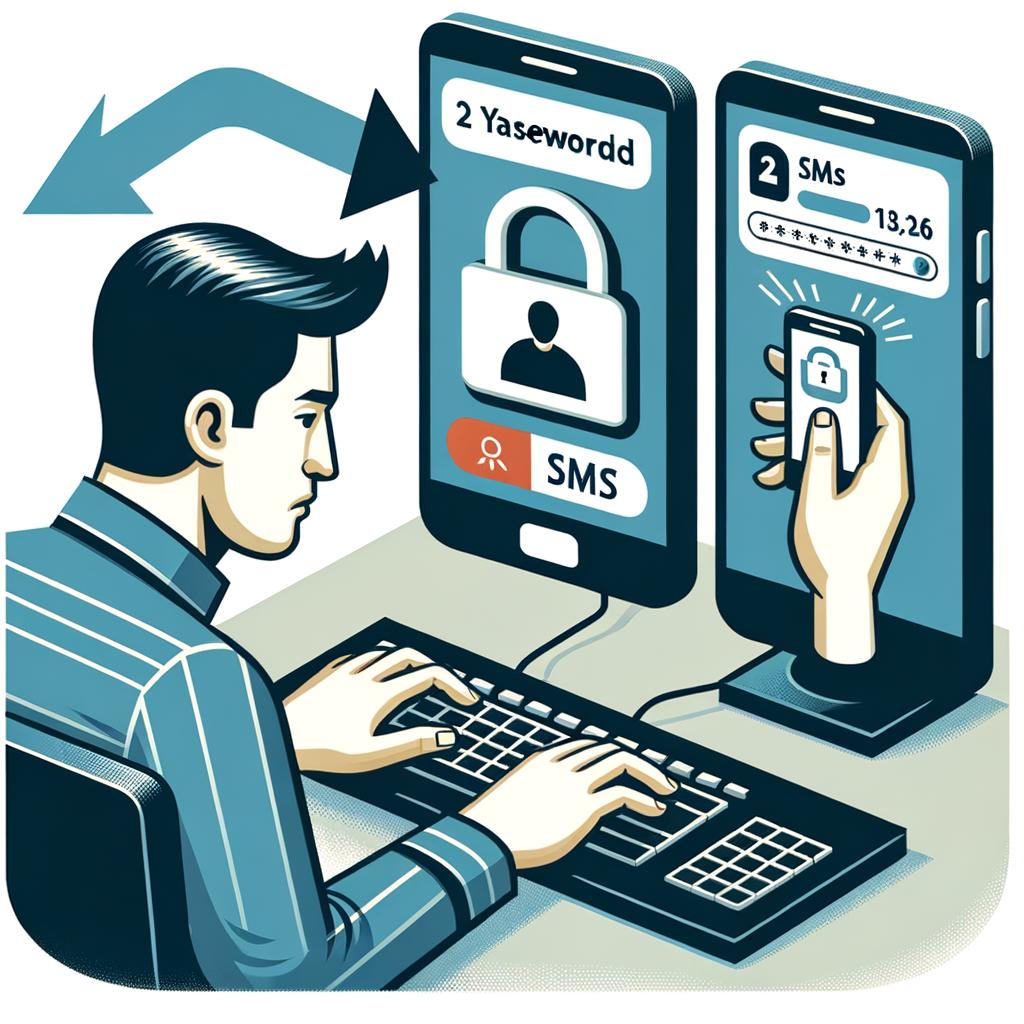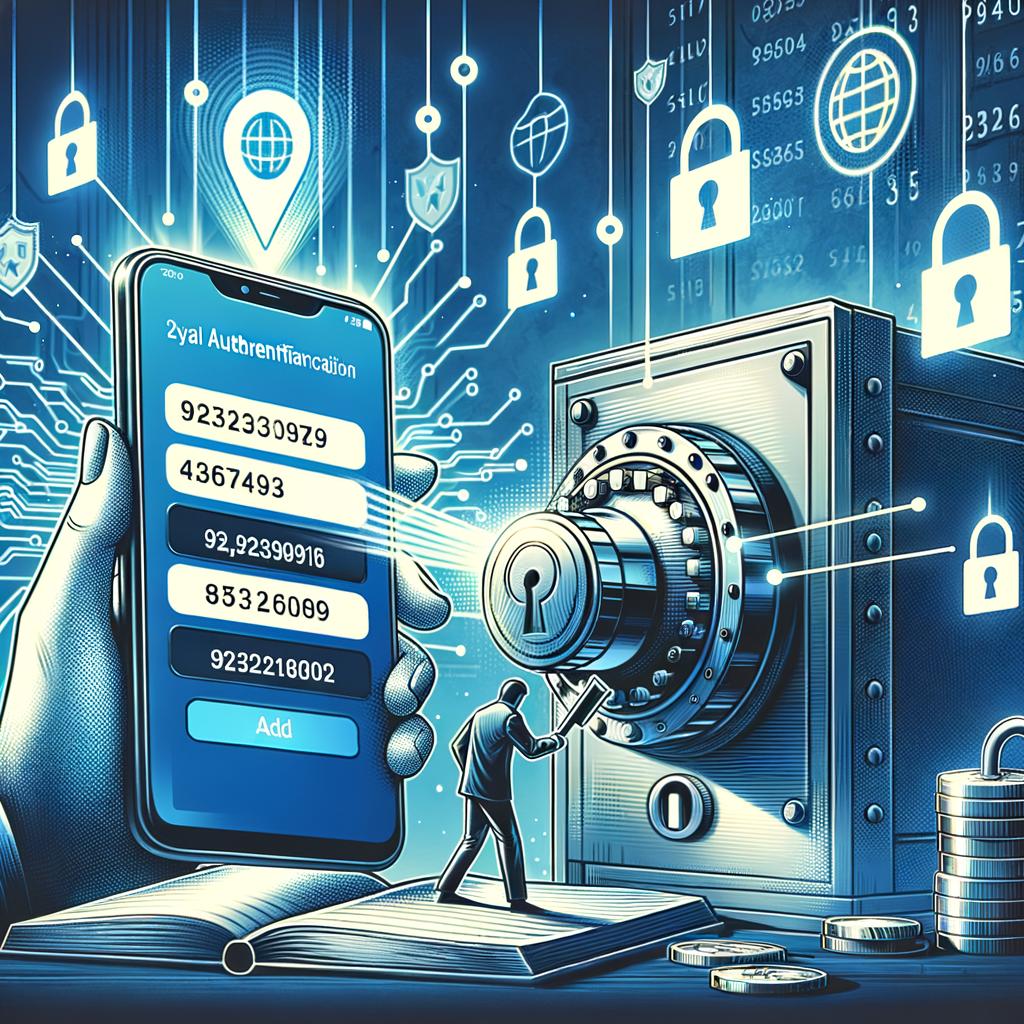The Role of Two-Factor Authentication in Payment Compliance
In a world where our personal information is more vulnerable than ever, protecting our financial transactions has become a top priority. Enter two-factor authentication, the superhero of payment compliance. This double layer of security has fundamentally changed the way we safeguard our financial data, ensuring that only the rightful owner has access to their sensitive information. Let’s dive into the fascinating world of two-factor authentication and how it is shaping the future of payment compliance.
Understanding the Basics of Two-Factor Authentication
Two-factor authentication (2FA) plays a crucial role in enhancing payment compliance by providing an extra layer of security to verify the identity of users before allowing access to sensitive information or transactions. This method requires users to provide not only their password but also a second piece of information that only they have access to, such as a code sent to their mobile device or email. By incorporating 2FA into payment processes, businesses can significantly reduce the risk of unauthorized access and fraudulent activities.
With the increasing number of data breaches and cyber threats targeting financial transactions, implementing two-factor authentication is essential for ensuring the safety and integrity of payment systems. By requiring an additional verification step, businesses can effectively protect sensitive payment information from unauthorized access and potential security risks. Additionally, 2FA helps to build trust with customers by demonstrating a commitment to safeguarding their financial data and preventing fraudulent activities.
Why Two-Factor Authentication is Essential for Payment Compliance
Two-Factor Authentication (2FA) is like having an extra layer of security protecting your online payments. It requires not only a password but also a second piece of information to verify your identity. This additional step significantly reduces the risk of unauthorized access and potential fraud.
By implementing 2FA, businesses can ensure payment compliance by meeting security standards and regulations. This level of security helps protect sensitive financial information and prevents costly data breaches. In addition, 2FA can provide peace of mind to customers, knowing that their transactions are secure from cyber threats and unauthorized transactions.
Common Misconceptions About Two-Factor Authentication
There are several misconceptions about two-factor authentication that often lead to confusion among users. One common misconception is that two-factor authentication is only necessary for online banking or email accounts. In reality, two-factor authentication adds an extra layer of security to any online account, including payment platforms.
Another misconception is that two-factor authentication is difficult to set up and use. With advancements in technology, setting up two-factor authentication has become much simpler and more user-friendly. In fact, many platforms offer options such as receiving verification codes via text message or using biometric authentication, making the process quick and convenient for users.
Best Practices for Implementing Two-Factor Authentication in Payment Systems
When it comes to implementing Two-Factor Authentication (2FA) in payment systems, there are several best practices that can help ensure optimal security and compliance. First and foremost, it is essential to choose a reliable and reputable 2FA provider that offers strong authentication methods such as SMS codes, email verification, biometrics, or hardware tokens.
Additionally, it is crucial to regularly update and monitor the 2FA system to detect any potential vulnerabilities or security breaches. Educating users on the importance of 2FA and providing clear instructions on how to enable and use it can also greatly enhance the effectiveness of the system. By following these best practices, payment systems can significantly reduce the risk of fraud and unauthorized access, while also improving overall compliance with industry regulations and standards.
Key Takeaways
So, there you have it folks! Two-factor authentication is an essential tool in ensuring payment compliance and keeping your financial information secure. With the rise of online transactions, it’s more important than ever to take steps to protect your data. By implementing two-factor authentication, you can rest easy knowing that your payments are safeguarded against cyber threats. Stay safe, stay secure, and happy shopping!






